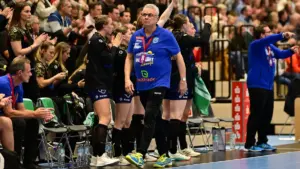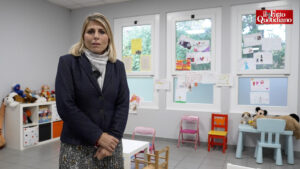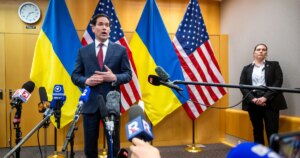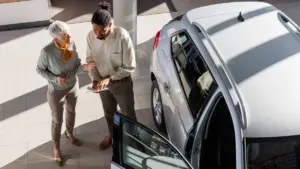
For a long time, Germany has lived on exports and unlimited globalization. But tariffs, fragile supply chains and a lack of raw materials are putting this model under pressure. The documentary “WISO” dares to look to the future: What will world trade look like in 2035?
US: Dependence and rising prices
Is the world becoming more isolated – or is global connectivity continuing to increase? What does it mean specifically for us, our daily lives, and our work? ZDF journalist Florian Neuhann investigates these questions. With the help of artificial intelligence, the team of authors looks to 2035 – and takes a journey into the future of retail that is already emerging today.
For example in the US, where the contradictory consequences of this isolation are clearly visible: steel and aluminum tariffs are intended to strengthen domestic industry. However, instead of experiencing progress, many companies are experiencing dependency and rising prices. Agriculture was also hit hard: soybean farmers lost export markets – for many family farmers, this put their very existence in question.
The importance of the WTO
Germany is also under increasing pressure. Dependence on global supply chains is apparent. Lithium in the Erzgebirge is supposed to make the community more self-sufficient, but a citizen initiative warns of environmental damage. The Indian pharmaceutical industry is increasingly becoming the world’s pharmaceutical industry – with all its opportunities and dependencies. Because if the supply chain there breaks down, important medicines will also disappear in German pharmacies. Commercial shipping is particularly vulnerable: even a small blockage could throw global trade flows out of balance – with consequences that spill over to German supermarket shelves.
This path also leads to Geneva – to the World Trade Organization (WTO). Today, more and more states are playing by their own rules. In an interview, Florian Neuhann asked Director General Ngozi Okonjo-Iweala an important question: Does the WTO still have a future in the world of agreements?
How would you describe the future?
For the first time, WISO documentation uses artificial intelligence comprehensively and at multiple levels. On the one hand, in terms of content: Designing different scenarios for future world trade policy. And on the other hand: this scenario is illustrated by AI.
The film shows how fragile this system is – and what opportunities and risks lie in the future of world trade. Ultimately, the question remains: Will the world succeed in finding the same new rules? Or is the law of the fittest threatening to return?





